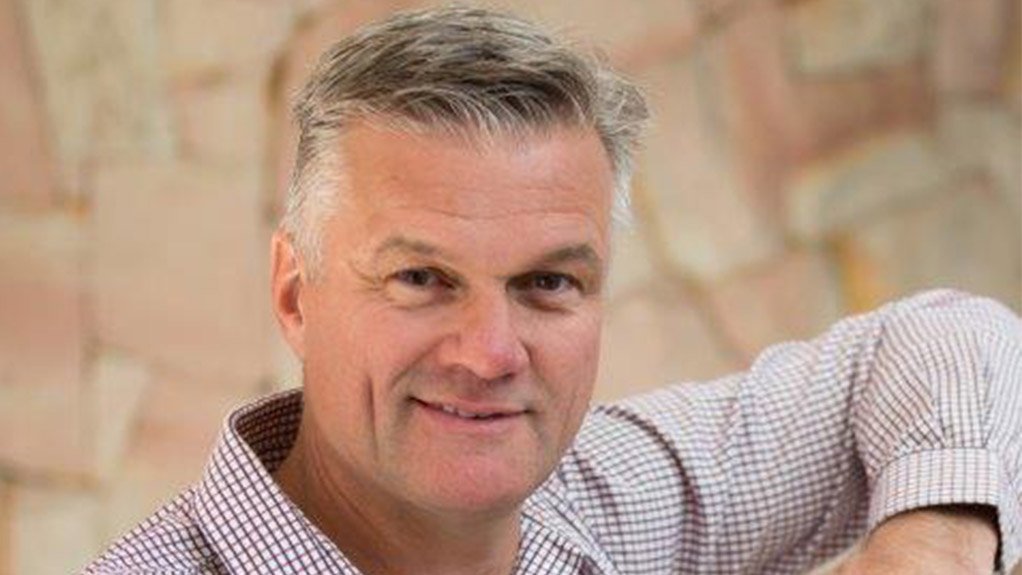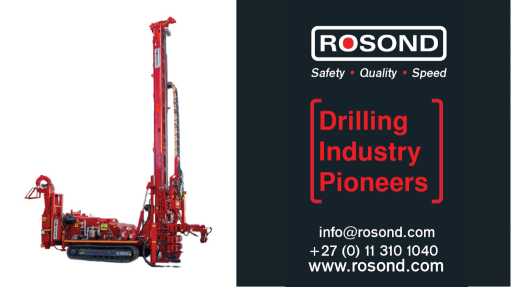Inspection ensures buildings comply with fire regulations


MICHAEL VAN NIEKERK Architects request an estimation of the cost of fire systems to identify the cost factors
Hospitality and retail buildings are deemed demanding in terms of fire protection and fire systems, but fire risk management and support company ASP Fire CEO Michael van Niekerk says an inspection process needs to be done to ensure that buildings comply with the National Buildings Regulations Fire Safety Act No 103 of 1977 amended.
“A fire engineer is required to fill out the South African National Standards (SANS) Form 2 and SANS Form 4. Form 2 acknowledges that the building has been designed in accordance with the requirements of the Fire Safety Act and the fire engineer’s signing off on that indicates that everything has been designed correctly.”
He further explains that the SANS Form 4 states that the fire engineer has checked and verified during construction that the building has been erected in accordance with those design requirements.
The relevant fire department then requests that the SANS Form 4 be delivered to it before it conducts an inspection and issues the company a site-clearance certificate. Certain fire departments insist on original copies to combat fraud, other fire departments are less concerned.
Meanwhile, Van Niekerk highlights that there needs to be an understanding of the products or materials used in the construction of a building, an understanding of the application of the product or materials in a specific environment and the assurance that they perform in accordance with those specifications.
He points out that the architect, the structural engineer and the fire engineer should be “on the same page” about the material and construction methods being used.
Van Niekerk mentions that, in all industries, the installed fire-prevention equipment has to comply with rigorous standards.
The design of a fire prevention system is also extensive and involves various active elements, including fire-detection and -suppression elements, sprinklers, pumps and tanks, as well as passive elements such as compartmentalisation, fire doors, fire walls and smoke control. Installation of these elements at a large warehouse could cost between R5-million and R10-million, he adds.
Architects are increasingly designing buildings that prevent the spread of fire, while companies are also creating buildings that can control a fire by preventing it from spreading, as opposed to putting in a system that will control the fire by means of a water discharge system.
Moreover, Van Niekerk says architects are taking a proactive approach by consulting with fire engineers at the beginning of the building design phase regarding client requirements to create a budget estimate, should a fire occur in a client’s building. This will enable architects to design a safe, cost- effective building from a fire protection perspective, rather than being forced to install capital intensive equipment that could have been avoided.
The fire engineering design process ensures that a client is delivered a safe building that will protect its employees and guests, its equipment and inventory, as well as ensure business continuity.
Article Enquiry
Email Article
Save Article
Feedback
To advertise email advertising@creamermedia.co.za or click here
Comments
Press Office
Announcements
What's On
Subscribe to improve your user experience...
Option 1 (equivalent of R125 a month):
Receive a weekly copy of Creamer Media's Engineering News & Mining Weekly magazine
(print copy for those in South Africa and e-magazine for those outside of South Africa)
Receive daily email newsletters
Access to full search results
Access archive of magazine back copies
Access to Projects in Progress
Access to ONE Research Report of your choice in PDF format
Option 2 (equivalent of R375 a month):
All benefits from Option 1
PLUS
Access to Creamer Media's Research Channel Africa for ALL Research Reports, in PDF format, on various industrial and mining sectors
including Electricity; Water; Energy Transition; Hydrogen; Roads, Rail and Ports; Coal; Gold; Platinum; Battery Metals; etc.
Already a subscriber?
Forgotten your password?
Receive weekly copy of Creamer Media's Engineering News & Mining Weekly magazine (print copy for those in South Africa and e-magazine for those outside of South Africa)
➕
Recieve daily email newsletters
➕
Access to full search results
➕
Access archive of magazine back copies
➕
Access to Projects in Progress
➕
Access to ONE Research Report of your choice in PDF format
RESEARCH CHANNEL AFRICA
R4500 (equivalent of R375 a month)
SUBSCRIBEAll benefits from Option 1
➕
Access to Creamer Media's Research Channel Africa for ALL Research Reports on various industrial and mining sectors, in PDF format, including on:
Electricity
➕
Water
➕
Energy Transition
➕
Hydrogen
➕
Roads, Rail and Ports
➕
Coal
➕
Gold
➕
Platinum
➕
Battery Metals
➕
etc.
Receive all benefits from Option 1 or Option 2 delivered to numerous people at your company
➕
Multiple User names and Passwords for simultaneous log-ins
➕
Intranet integration access to all in your organisation















